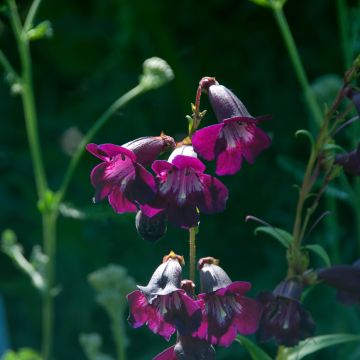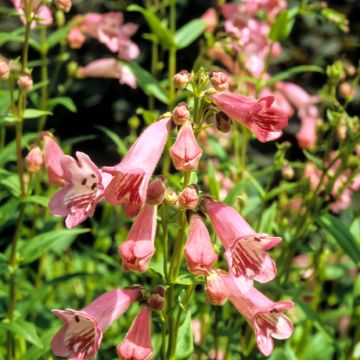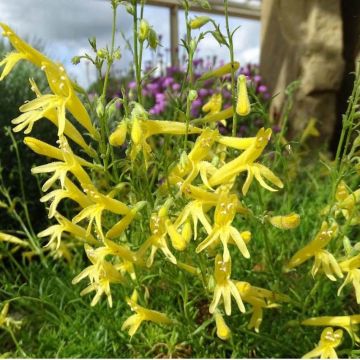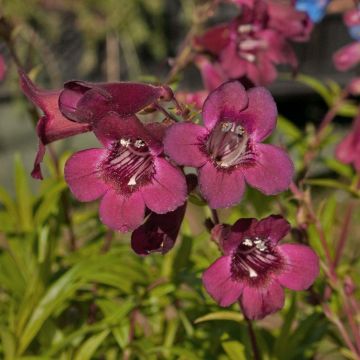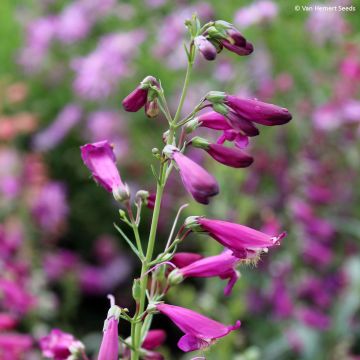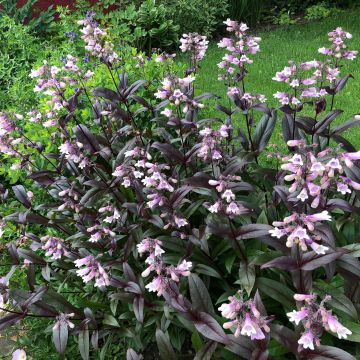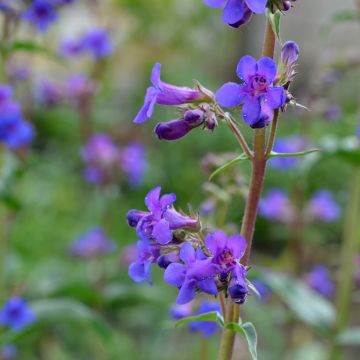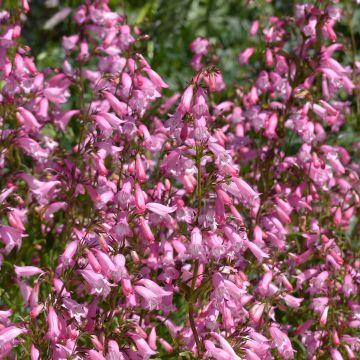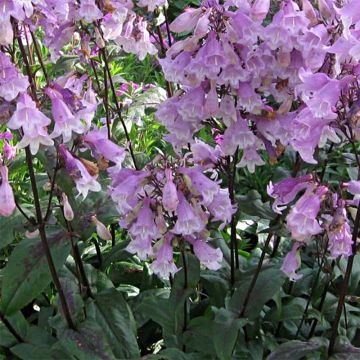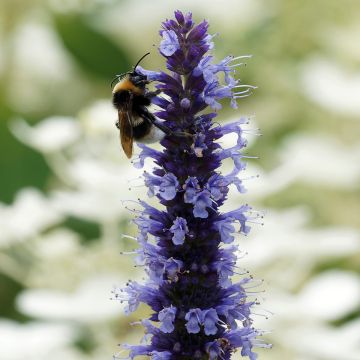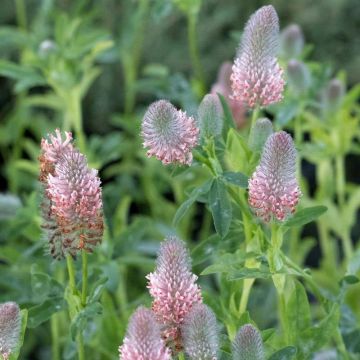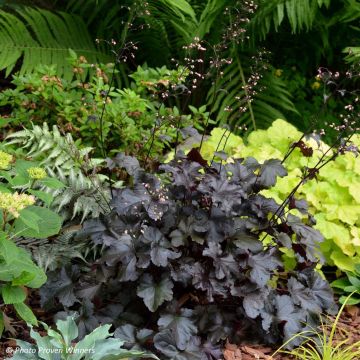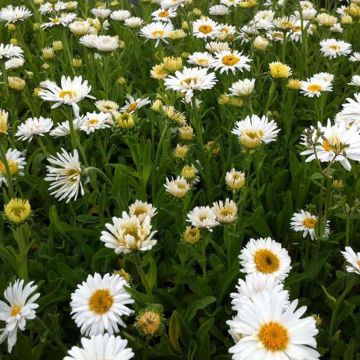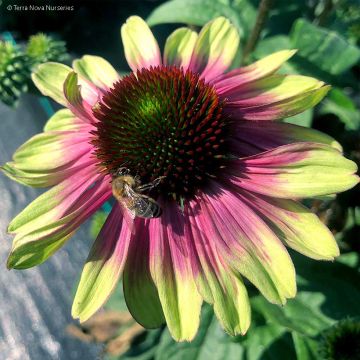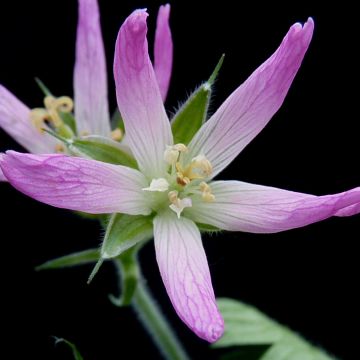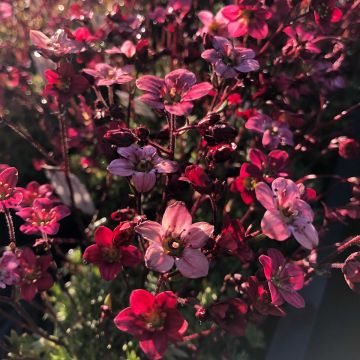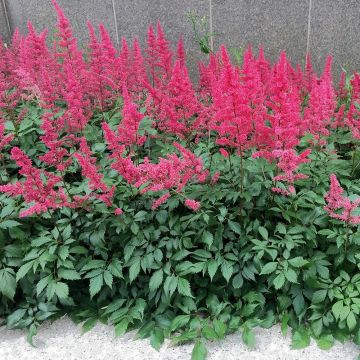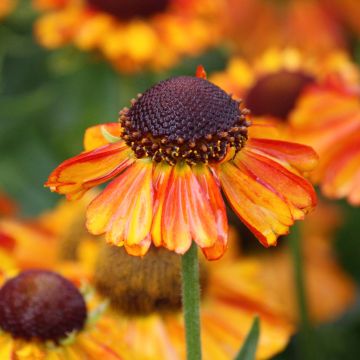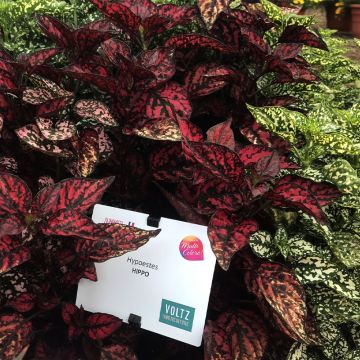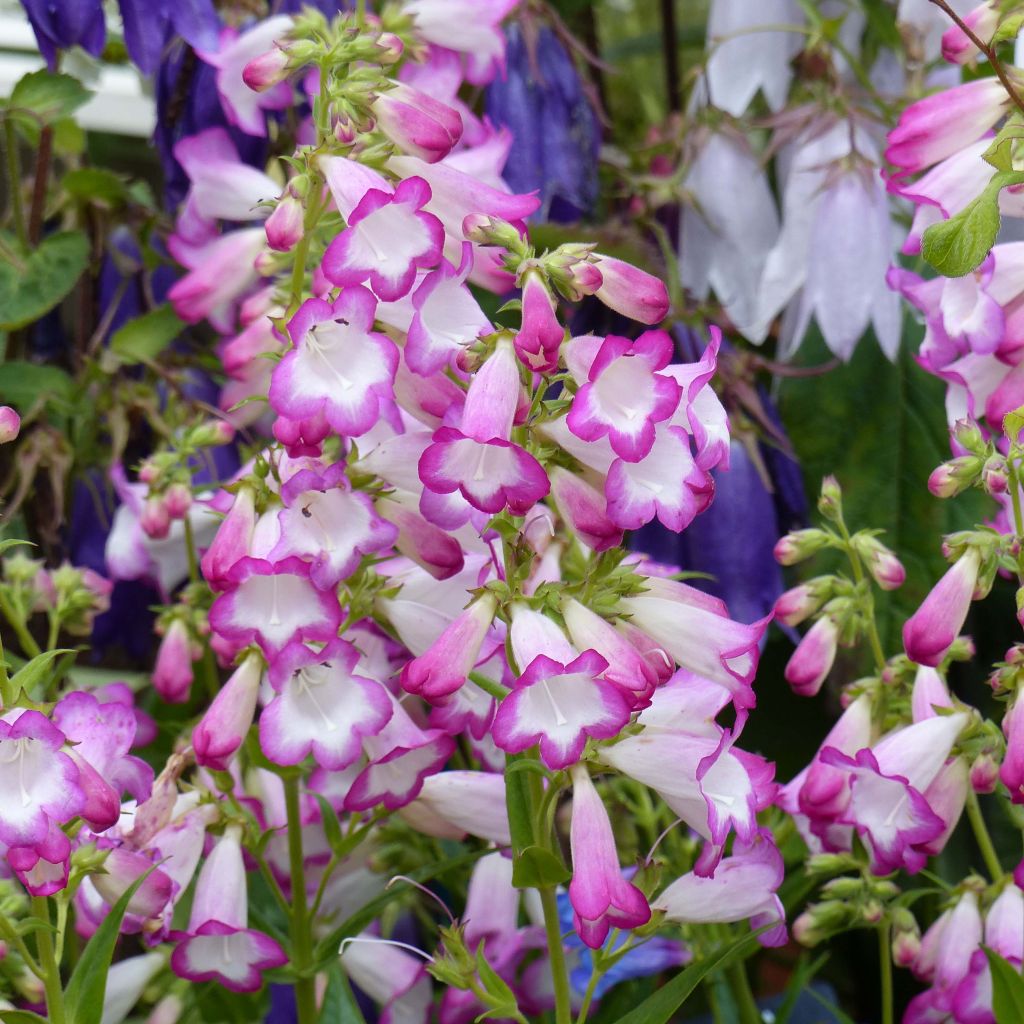

Penstemon hybrida Pensham Laura - Beardtongue
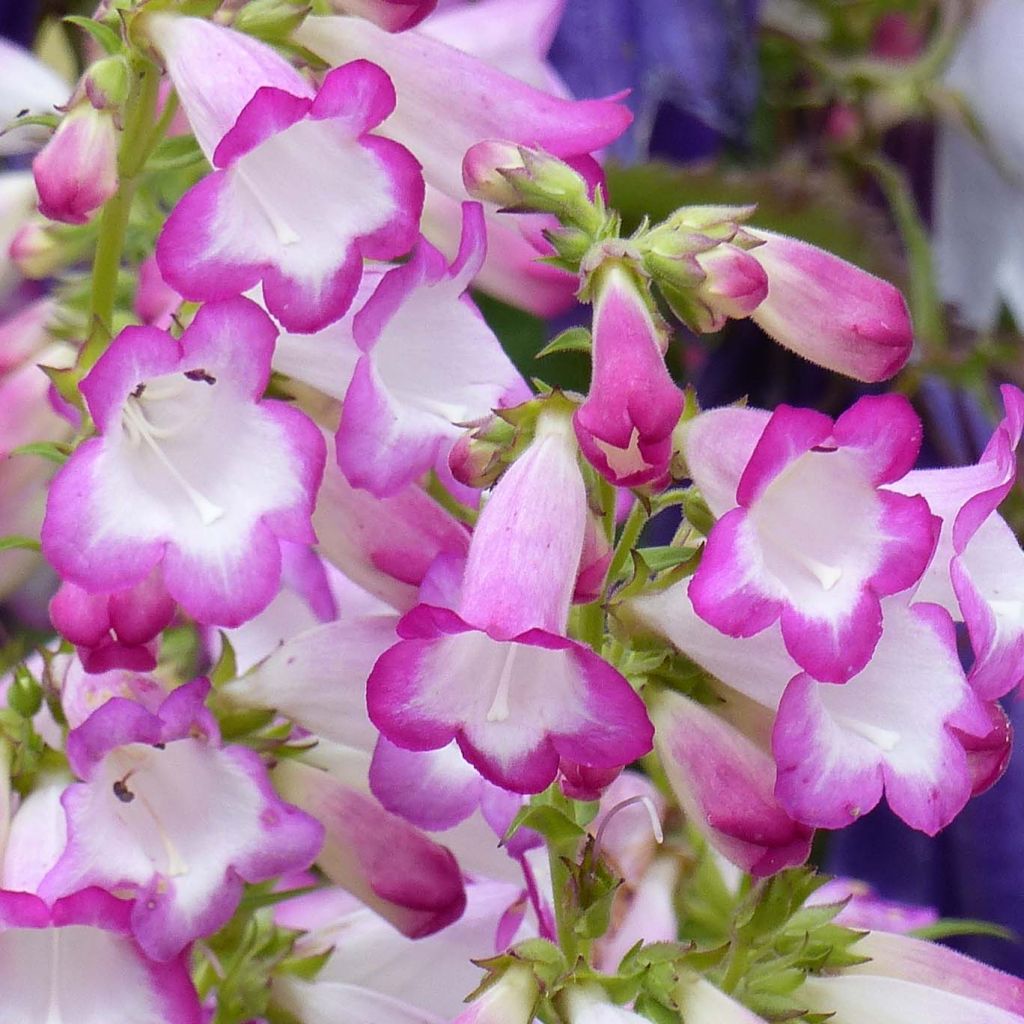

Penstemon hybrida Pensham Laura - Beardtongue
Penstemon hybrida Pensham Laura - Beardtongue
Penstemon x hybrida Pensham Laura
Bellflower Beardtongue, Canterbury Bells Penstemon
Bought and potted in a container this year, the young plant isn't growing much at the moment. I'm being patient.
jacline, 11/06/2023
This item cannot be shipped to the selected country
Delivery charge from €5.90
More information
Schedule delivery date,
and select date in basket
This plant carries a 12 months recovery warranty
More information
We guarantee the quality of our plants for a full growing cycle, and will replace at our expense any plant that fails to recover under normal climatic and planting conditions.
From €5.90 for pickup delivery and €6.90 for home delivery
Express home delivery from €8.90.
Does this plant fit my garden?
Set up your Plantfit profile →
Description
Penstemon 'Pensham Laura' is the pink and white version of Penstemon 'Pensham Czar', with which it forms a superb duo in flower beds and flower pots. Very floriferous, compact, full of charm and vivacity, this penstemon develops flowering stems where numerous vibrant pink bell-shaped flowers bloom, exhibiting a wide white throat. Indifferent to rain and dry soils, this excellent perennial blooms abundantly and continuously for almost 5 months. Its semi-evergreen foliage discourages slugs and proves to be long-lasting in well-drained soil.
The hybrid Penstemon 'Pensham Laura' is a bushy and woody perennial plant belonging to the Plantaginaceae family, just like foxgloves and snapdragons. Like many hybrid penstemons, it is the result of cross-breeding several species, most of which are native to Central and North America. This variety quickly forms upright and bushy clumps, reaching a height of 50cm (20in), with a minimum diameter of 40cm (16in). Its green, ramified stems are covered with abundant lanceolate, semi-evergreen foliage of a bright green colour. The flowering period extends from June to September-October, provided that faded flowers are regularly removed. The flowers develop at the terminal part of the leafy stems. The flowers, in the shape of campanulate bells, are long and wide, measuring 4.5cm (2in). They are gathered in slightly loose clusters. They display a particularly bright and contrasting colour of a light magenta pink around a wide white throat.
Penstemon 'Pensham Laura' can be planted in flower beds or even as a border plant, due to its rather compact habit. This variety offers a bright contrast from a distance, but is nevertheless easy to combine with many other plants in the garden, including roses. It can be planted among perennials such as agapanthus, daylilies, mauve or violet dahlias, or mixed with annuals such as love-in-a-mist and cornflowers. It pairs particularly well with the acidic green tones of lady's mantle and euphorbias. It also performs very well in a large pot, with proper drainage and regular fertiliser inputs. Penstemons also make excellent cut flowers.
Report an error about the product description
Penstemon hybrida Pensham Laura - Beardtongue in pictures
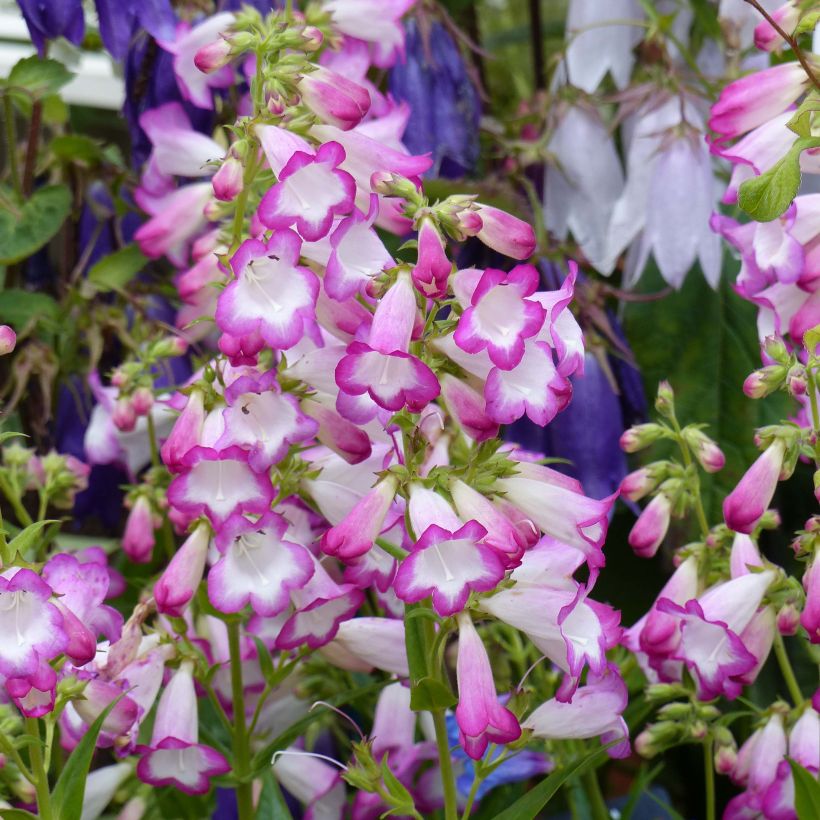

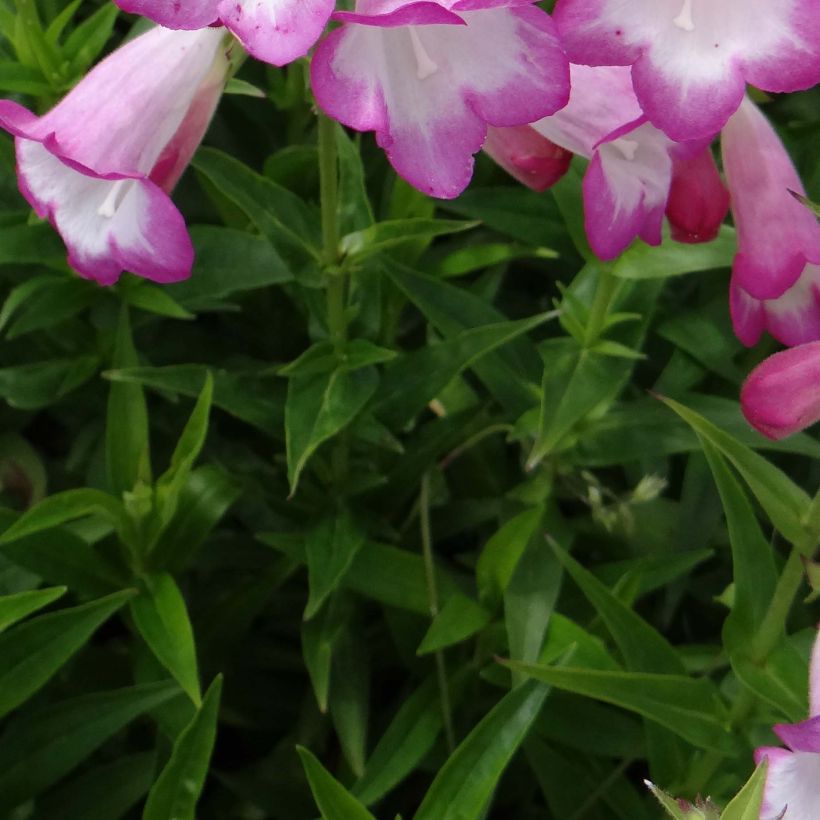

Flowering
Foliage
Plant habit
Botanical data
Penstemon
x hybrida
Pensham Laura
Scrophulariaceae (Plantaginaceae)
Bellflower Beardtongue, Canterbury Bells Penstemon
Cultivar or hybrid
Other Penstemon
Planting and care
Penstemon 'Pensham Laura' does not withstand temperatures lower than -12°C (10.4°F) unless the soil is very well-drained in winter and the stump is well protected under a thick carpet of leaves or straw. To successfully cultivate hybrid penstemons, the nature of the soil is crucial. They prefer rather rich soils, not too dry in summer, but very well-drained, especially in winter. In excessively wet soils, they rot quickly. In cool climates, place the plants in a warm and sunny position, sheltered from cold winds (south or west exposure). In hot climates, choose a rather cool and semi-shaded exposure. In very cold regions, it is prudent to take stem cuttings in autumn.
They do not suffer from specific diseases. This plant requires only minimal maintenance, but when you remove faded flowers in autumn, make sure to slightly shorten the deflowered stems without cutting them down to the ground, especially in regions with humid winters. Indeed, the foliage plays an important role in moisture regulation. Wait until spring is well established (March-April) to shorten the branches whose foliage has been damaged by the cold. If the summer is dry, water regularly to support flowering. In the coldest regions, cover the stump with glass or a frame to protect it from severe cold. Divide your penstemons every three or four years to rejuvenate them, but wait until spring to perform this operation.
Planting period
Intended location
Care
-
, onOrder confirmed
Reply from on Promesse de fleurs
Summer flowering perennials
Haven't found what you were looking for?
Hardiness is the lowest winter temperature a plant can endure without suffering serious damage or even dying. However, hardiness is affected by location (a sheltered area, such as a patio), protection (winter cover) and soil type (hardiness is improved by well-drained soil).

Photo Sharing Terms & Conditions
In order to encourage gardeners to interact and share their experiences, Promesse de fleurs offers various media enabling content to be uploaded onto its Site - in particular via the ‘Photo sharing’ module.
The User agrees to refrain from:
- Posting any content that is illegal, prejudicial, insulting, racist, inciteful to hatred, revisionist, contrary to public decency, that infringes on privacy or on the privacy rights of third parties, in particular the publicity rights of persons and goods, intellectual property rights, or the right to privacy.
- Submitting content on behalf of a third party;
- Impersonate the identity of a third party and/or publish any personal information about a third party;
In general, the User undertakes to refrain from any unethical behaviour.
All Content (in particular text, comments, files, images, photos, videos, creative works, etc.), which may be subject to property or intellectual property rights, image or other private rights, shall remain the property of the User, subject to the limited rights granted by the terms of the licence granted by Promesse de fleurs as stated below. Users are at liberty to publish or not to publish such Content on the Site, notably via the ‘Photo Sharing’ facility, and accept that this Content shall be made public and freely accessible, notably on the Internet.
Users further acknowledge, undertake to have ,and guarantee that they hold all necessary rights and permissions to publish such material on the Site, in particular with regard to the legislation in force pertaining to any privacy, property, intellectual property, image, or contractual rights, or rights of any other nature. By publishing such Content on the Site, Users acknowledge accepting full liability as publishers of the Content within the meaning of the law, and grant Promesse de fleurs, free of charge, an inclusive, worldwide licence for the said Content for the entire duration of its publication, including all reproduction, representation, up/downloading, displaying, performing, transmission, and storage rights.
Users also grant permission for their name to be linked to the Content and accept that this link may not always be made available.
By engaging in posting material, Users consent to their Content becoming automatically accessible on the Internet, in particular on other sites and/or blogs and/or web pages of the Promesse de fleurs site, including in particular social pages and the Promesse de fleurs catalogue.
Users may secure the removal of entrusted content free of charge by issuing a simple request via our contact form.
The flowering period indicated on our website applies to countries and regions located in USDA zone 8 (France, the United Kingdom, Ireland, the Netherlands, etc.)
It will vary according to where you live:
- In zones 9 to 10 (Italy, Spain, Greece, etc.), flowering will occur about 2 to 4 weeks earlier.
- In zones 6 to 7 (Germany, Poland, Slovenia, and lower mountainous regions), flowering will be delayed by 2 to 3 weeks.
- In zone 5 (Central Europe, Scandinavia), blooming will be delayed by 3 to 5 weeks.
In temperate climates, pruning of spring-flowering shrubs (forsythia, spireas, etc.) should be done just after flowering.
Pruning of summer-flowering shrubs (Indian Lilac, Perovskia, etc.) can be done in winter or spring.
In cold regions as well as with frost-sensitive plants, avoid pruning too early when severe frosts may still occur.
The planting period indicated on our website applies to countries and regions located in USDA zone 8 (France, United Kingdom, Ireland, Netherlands).
It will vary according to where you live:
- In Mediterranean zones (Marseille, Madrid, Milan, etc.), autumn and winter are the best planting periods.
- In continental zones (Strasbourg, Munich, Vienna, etc.), delay planting by 2 to 3 weeks in spring and bring it forward by 2 to 4 weeks in autumn.
- In mountainous regions (the Alps, Pyrenees, Carpathians, etc.), it is best to plant in late spring (May-June) or late summer (August-September).
The harvesting period indicated on our website applies to countries and regions in USDA zone 8 (France, England, Ireland, the Netherlands).
In colder areas (Scandinavia, Poland, Austria...) fruit and vegetable harvests are likely to be delayed by 3-4 weeks.
In warmer areas (Italy, Spain, Greece, etc.), harvesting will probably take place earlier, depending on weather conditions.
The sowing periods indicated on our website apply to countries and regions within USDA Zone 8 (France, UK, Ireland, Netherlands).
In colder areas (Scandinavia, Poland, Austria...), delay any outdoor sowing by 3-4 weeks, or sow under glass.
In warmer climes (Italy, Spain, Greece, etc.), bring outdoor sowing forward by a few weeks.

































